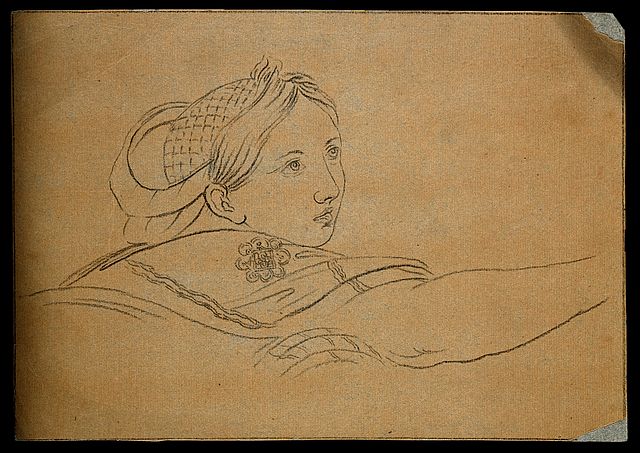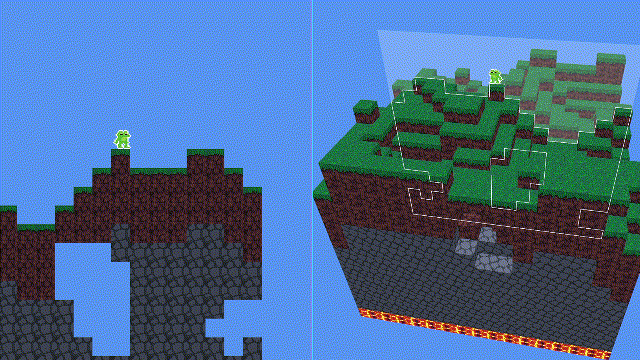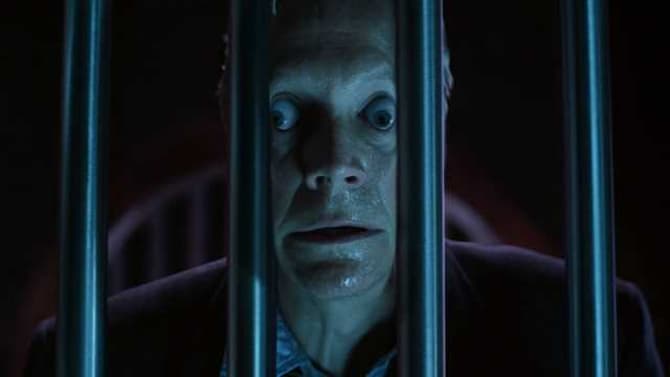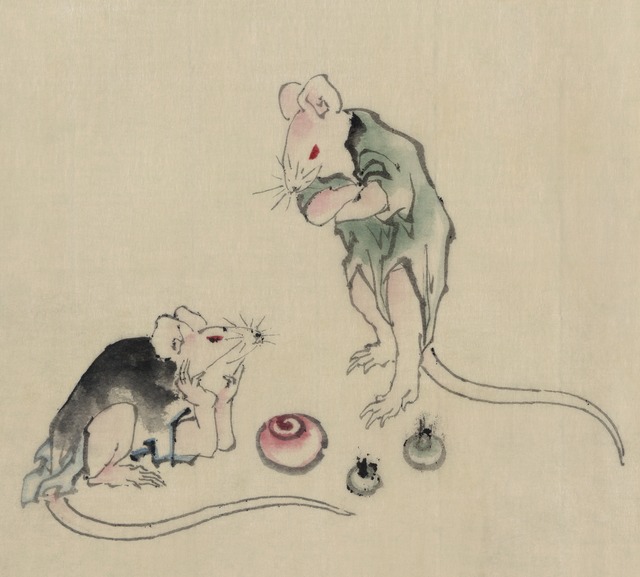Attention machine, pt. 2

Every single thing requires attention. Attention suffers not from the problem of being hard to define — instead, so many definitions exist in so many different fields that you could find useful interpretations of it everywhere you look.
Cognitively, attention is the ability to concentrate on one thing while tuning out other details in the environment. It’s about what you see, but also about what you don’t see. If we couldn’t pay attention, we would die under a crushing mass of stimuli.
On the internet, the cognitive definition of attention holds up, but is heightened: rather than “focusing” and “tuning out,” architects of the online world sever you from the information they think you shouldn’t see. While on TikTok, you’re not tuning out all of the videos that don’t cross your For You page. On Instagram, you’re not concentrating on your feed. In both cases, it is a given that your attention is wholly engaged with the platform. Whatever it shows you, you’re all in. Everything else is dead limbs.
That’s what surprises me about social media: how small it feels, despite literally everyone being on it. It’s the world’s hugest, sugariest cake that we’re only allowed to eat one bite at a time.
Maybe this is a good way for thinking about attention in general. We are overwhelmed by the world. By the huge cake. Some people are able to take measured forkfuls and stop when they get a tummyache, sure. Others of us just can’t help ourselves. We shovel it in, pink and oily, hand over hand, until we’re raw from the girt of sugar crystals and heaving. Wouldn’t it be better to sit, lean with our backs against the old-god dessert, and let someone else measure it into our mouths?
Cognitive metaphor theory comes to us from linguistics, and it argues that we translate abstract concepts into concrete metaphors. What is the mind? I don’t know. So I say “I’m a little rusty,” “we’re running out of steam,” “his ego is fragile,” “I’m firing on all cylinders.” I speak in metaphor: The Mind is a Machine.
These metaphors end up becoming so pervasive that we think about, speak about, and operate one thing as though it were the other. If someone carries a great emotional weight for a very long time, and suddenly collapses, unable to function from the stress of it all, I could say they “broke down.” That’s all the explanation you’d need. Even though, what does that even mean?
One of the great, early cognitive metaphors is, “Time is Money.” It so pervades language that it’s become a saying all it’s own. We waste time, save time, borrow time, invest time, put time aside, budget time, make time, lose time. “Attention is Money” feels tempting as a corollary, except that’s not really right. You can give someone your attention, you can pay attention. But it can’t be saved, or budgeted. It can’t be wasted, since if you’re not paying attention to something it’s not like your attention is bleeding out onto the floor. If you’re not paying attention, then the attention just doesn’t exist. Time is the number line, attention is points you plot along its axis.
Also, the way more salient metaphors we use for attention — other than “pay” — are “keep,” “hold,” and “lose.” Time is value, but attention is valuable.
Something else interesting about attention-as-commodity (we’re stepping away from cognitive metaphors here) is that you can’t hoard attention. The only thing you can do with attention is give it to something else.
These are just my scattered thoughts on attention, after both failing to understand attention as a machine learning concept and being disappointed by the Atlantic article I mentioned yesterday. Something something fMRI, something something brain waves. But I did read it. Every word.
If you read this whole thing, I guess I should thank you for your attention.






